How Much CBD Oil Should I Take? 8 Things You Need to Know About CBD Oil Dosage
Ready to try out CBD oil but have questions like how much CBD oil should I take? Click here and find out the 8 things you need to know about CBD dosage.
It’s green, it’s legal, and it can ease your pain.
It’s Cannabidiol, otherwise known as CBD. And it’s here to stay.
By now you’ve probably heard a lot about CBD products. You may have even tried some yourself. People all over the United States are ditching pharmaceuticals in favor of CBD oil due to its impressive results.
But even with all of the information on CBD and CBD products, you’re probably asking the same question as everyone else: how much CBD oil should I take? How do I figure out the amount?
Everything you should know about CBD oil servings is explained in this article.
How Much CBD Oil Should I Take?
On the plus side, there is no such thing as too much CBD oil.
The downside is that FDA guidelines require CBD oil to be treated as a food product. Therefore, all CBD oil products come with a nutrition label and a suggested serving size.
CBD oil bottles come by the milliliter, and most bottles state that 10 drops are equal to one serving size. They also provide you with an amount in milligrams to give you an idea of how much you are taking. It’s a good start, but you still have no idea how much you need.
So if you’re wondering, how much CBD oil should I take? Well, there are many variables to consider when figuring out the right amount.
Here are 8 things you need to know about CBD oil servings:
1. It Depends on Your Body Weight
With most substances, the bigger you are the more you’ll need. This is no different for CBD oil. You have to calculate the milligrams of CBD in each drop. Then you have to determine the amount needed based on your body weight.
A good rule of thumb: take 1-6mg for every 10 pounds of body weight.
Remember, this is only a starting point. You will most likely adjust the amount with time.
2. What is the Severity of Your Condition?
Along with weight, your condition and its severity will affect the amount of CBD Oil that you need.
Your CBD oil serving size for one thing will differ from a serving for another. For whichever reason you have, address its severity. The more severe, the more milligrams you may need.
To start with, use the same rule of thumb for your CBD oil quantity as mentioned above. Pay close attention to how you feel and adjust your serving size as needed.
3. How Are You Taking Your CBD?
There are many forms in which you can take CBD. There are edibles, dabs, capsules, oils, tinctures, joints, creams, patches, etc.
The method you choose will affect the rate of absorption. For example, a topical CBD cream will not enter your bloodstream. It will only have an effect on the localized area of skin in which it is placed.
The most direct way to take CBD oil is under your tongue, where you have a mass of tiny capillaries. By holding the CBD oil there, it will absorb right into your bloodstream.
The sublingual method is the most popular as it delivers the fastest results.
4. The Type of CBD Oil in Your Product Matters
There are two types of CBD oil on the market: full-spectrum and CBD isolates.
A full-spectrum CBD oil contains phytonutrients, terpenes, flavonoids, omega acids, and other phytocannabinoids. CBD isolate is the active compound by itself, with no other raw plant materials.
Full-spectrum CBD oil is generally recommended over CBD isolates because of its potency.
5. Your Genetics May Impact Your Intake
There is a mutation of the CNR1 gene that some individuals may have. The CNR1 gene handles the CB1 receptor (which reacts with cannabinoids).
The issue with a CNR1 gene mutation is a lacking endocannabinoid system. Your endocannabinoid system maintains a certain balance within your body. An endocannabinoid deficiency can result in depression, anxiety, inflammation and much, much more.
A gene mutation or deficiency will affect the amount of CBD oil that you need. It is best to consult your doctor to figure out if you have either and what is right for you.
6. Your Age is a Factor
When it comes to amounts, age is also an important factor. Especially if that age is below 12 years old.
A young child will likely have little to no substance tolerance compared to an adult. A young child will also metabolize substances at a different rate as well as have different reactions.
If you are thinking about using CBD oil for your child, follow the 1-6mg per 10 pounds of body weight rule, after consulting with your child’s pediatrician. However, you’ll want to start out by cutting that amount in half and increase the amount taken over time.
7. Are You Taking Other Medications?
If you are taking other medications, consuming CBD oil can be tricky.
The cytochrome P450 enzyme is what metabolizes toxic compounds in your liver. This includes your medications. The cannabidiol present in CBD oil can inhibit the enzyme from metabolizing certain drugs, which can cause your liver to process them much slower.
When this happens it leads to a high concentration of drugs in your system all at once. This could cause a potential overdose.
If you are taking other medications, consult with your doctor first to make sure that it’s safe to consume CBD products.
8. Nutrition Plays an Important Role
Food for thought: your diet directly affects your endocannabinoid system.
As mentioned before, the endocannabinoid system regulates your entire body. Your body is also filled with C1 and C2 cannabinoid receptors which bind to endocannabinoids. C1 receptors tend to trigger cravings while C2 receptors counteract those cravings.
In other words, a diet of carbohydrates, sugar, and alcohol will over stimulate and damage your receptors. In turn, this can damage your endocannabinoid system.
A poor diet will affect how your body absorbs CBD oil.
What It Comes Down To
What works for someone else may not work for you. So if you’re wondering, how much CBD oil should I take? You’ll have to remember the different variables that effect CBD oil absorption and experiment. Always begin with a smaller amount and pay close attention to how your body reacts.
And remember, the right product makes all the difference. To find more information about CBD oil and products check out our FAQ’S guide. You can even drop us a line!
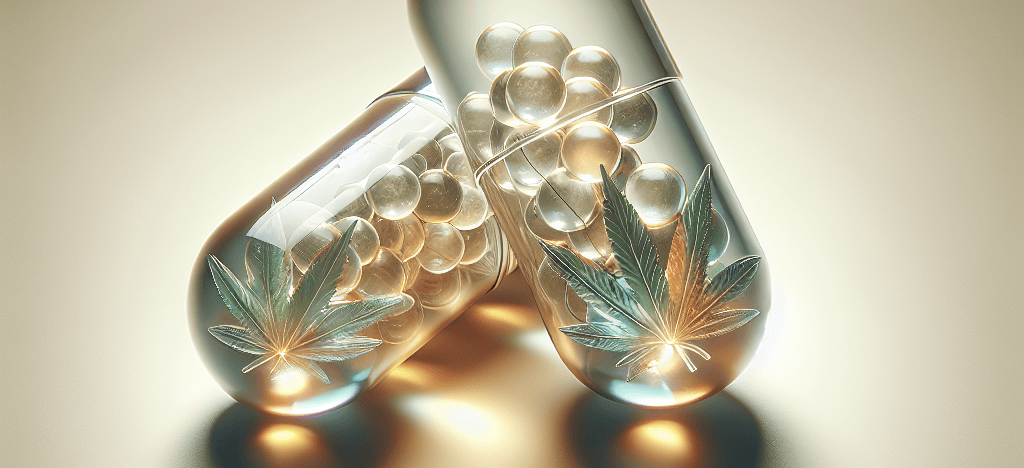
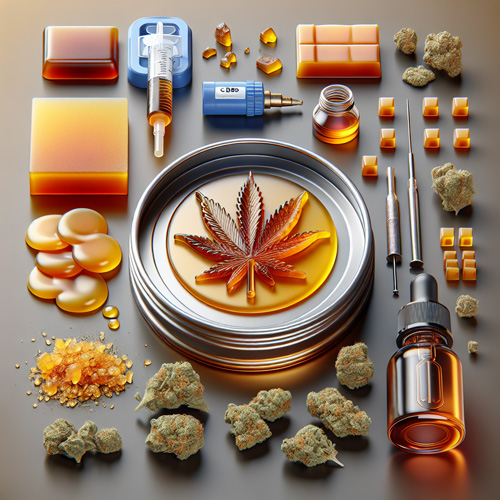
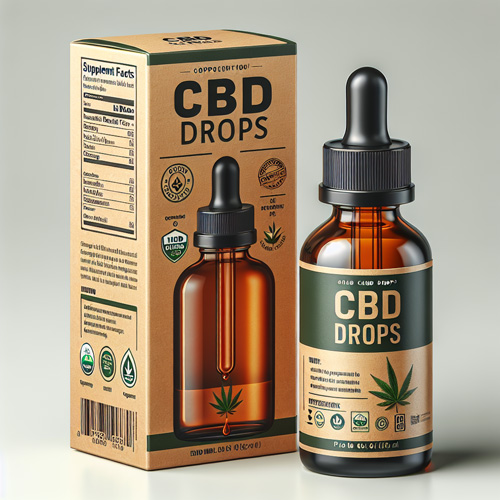


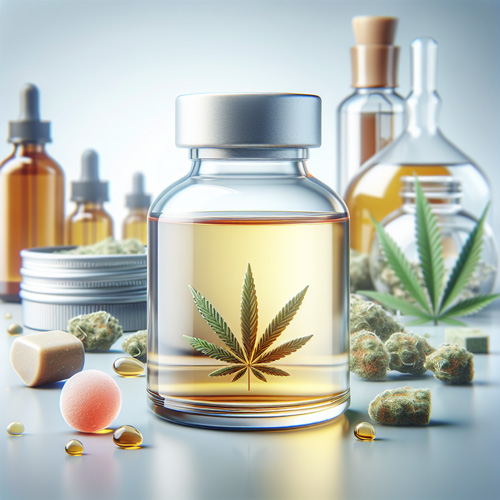

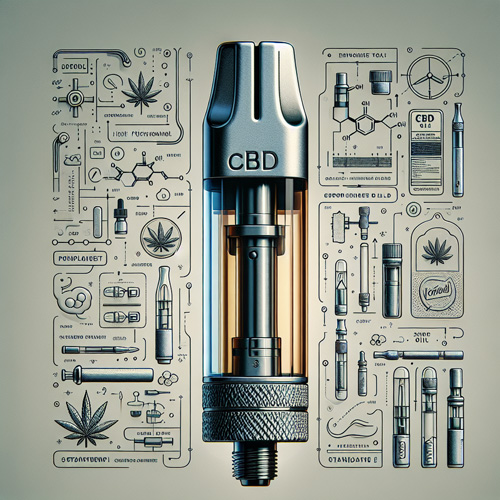
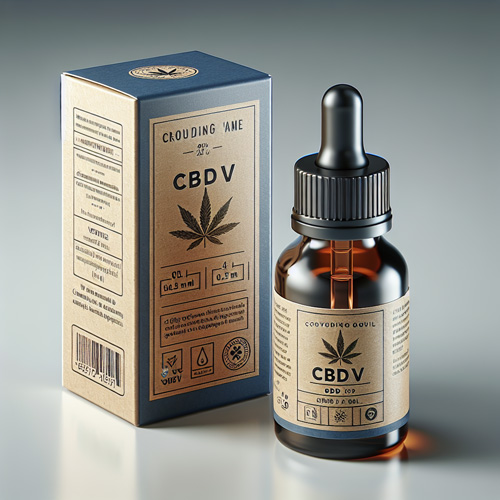
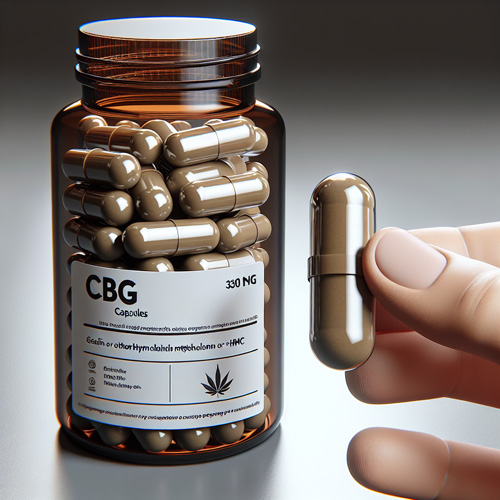
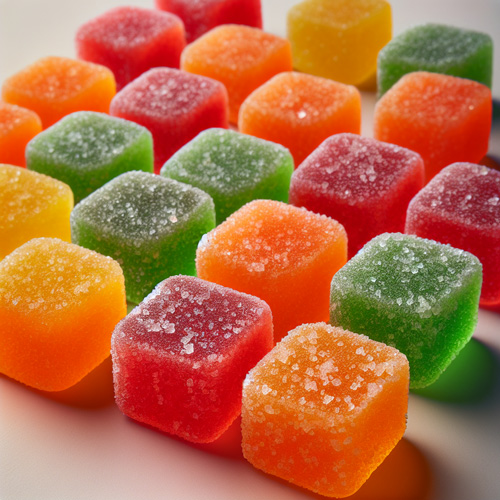
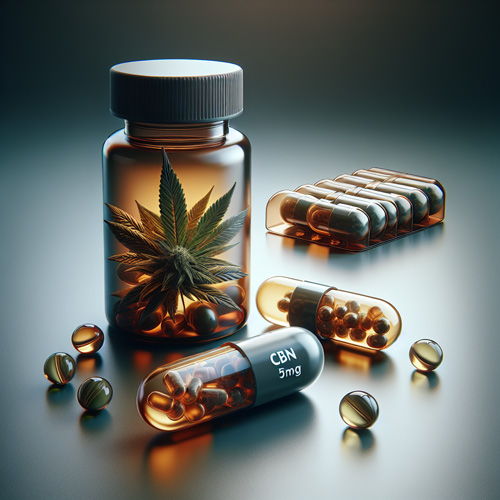
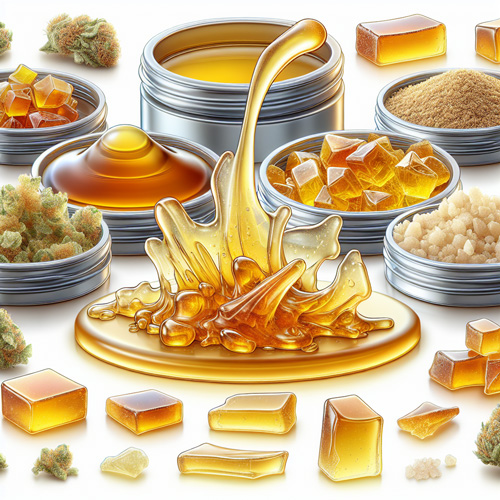
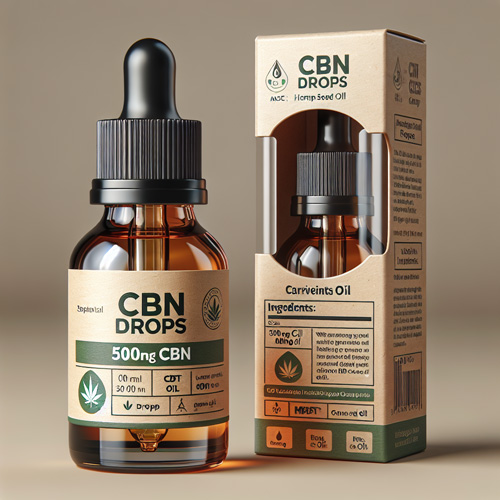
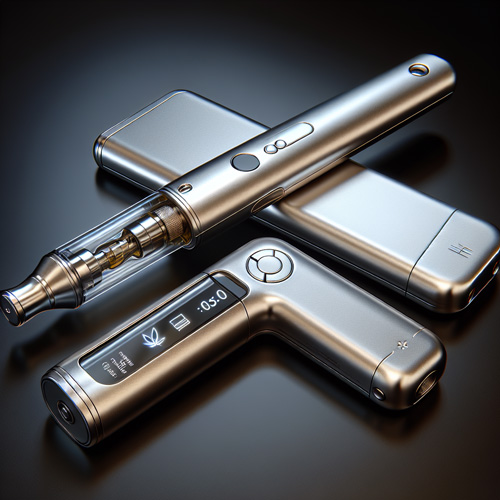
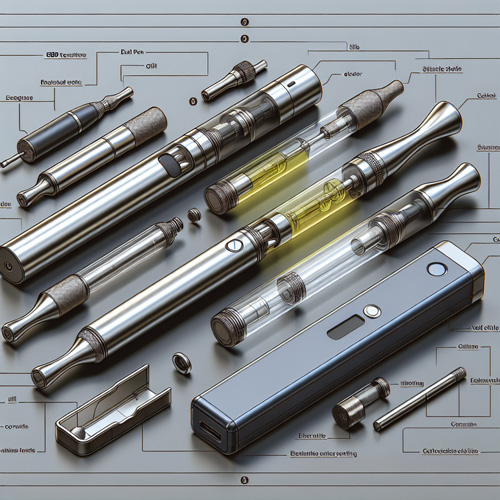
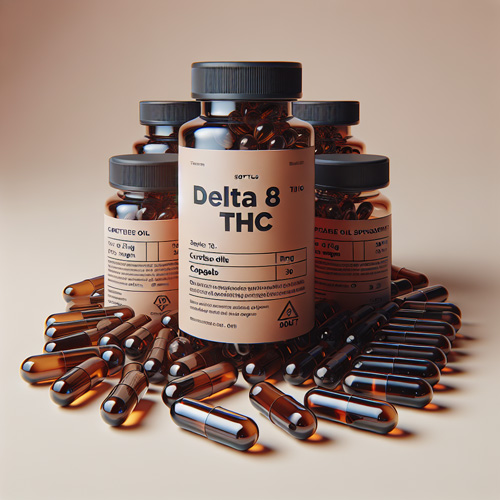
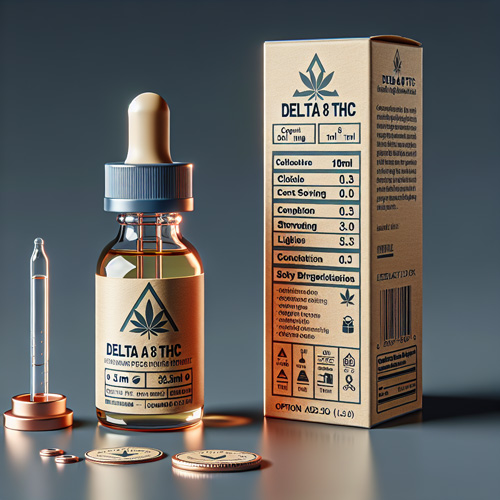
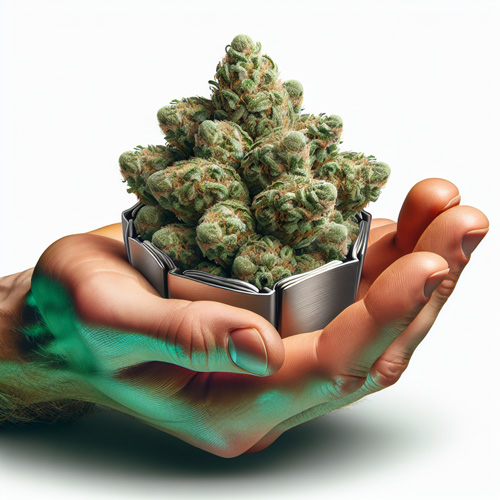
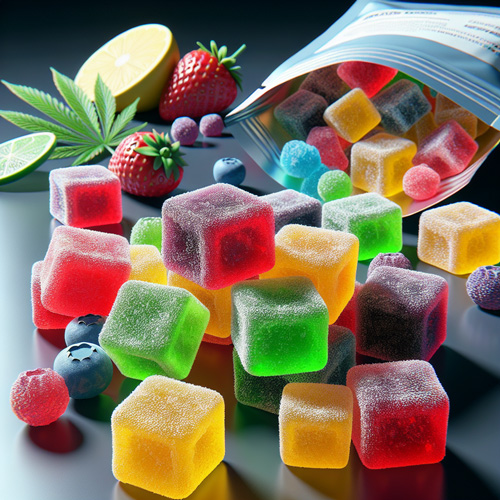

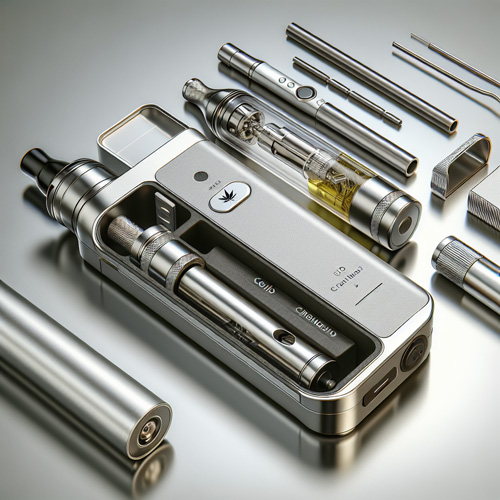
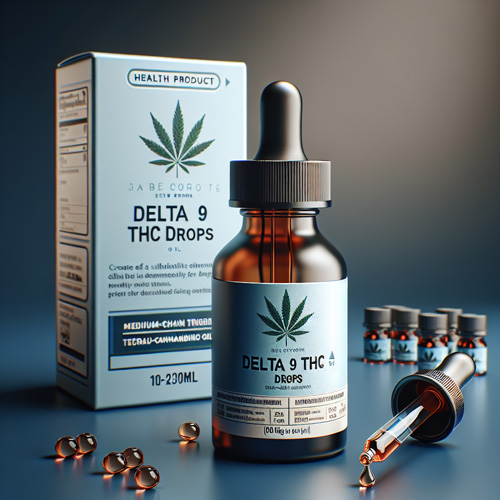
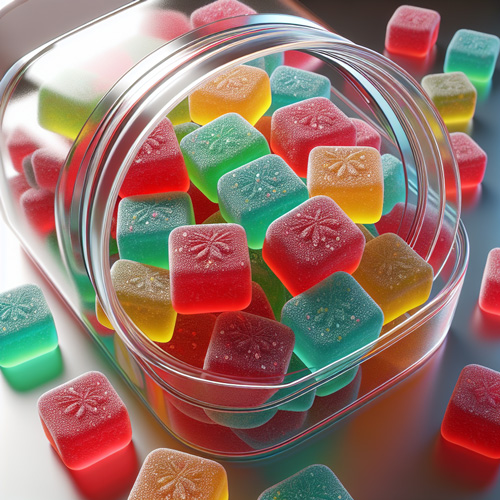

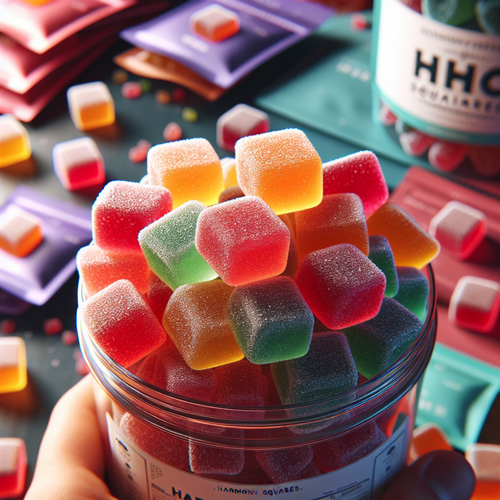
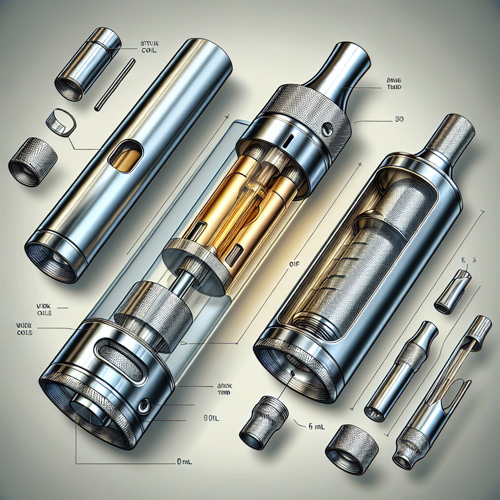



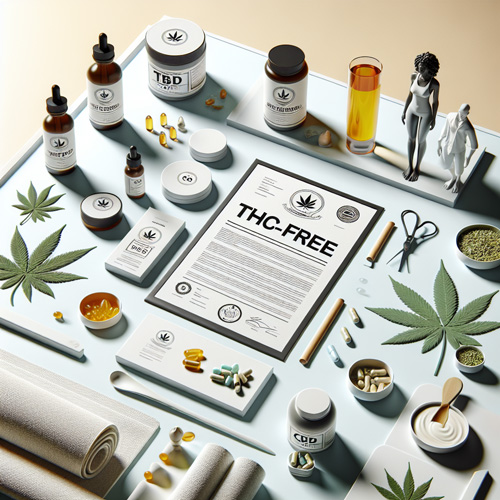
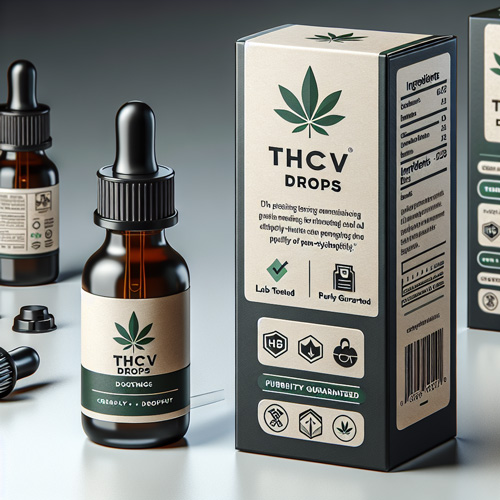
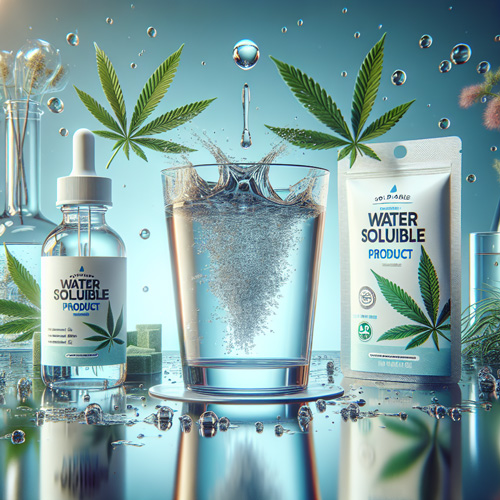



/5Total reviews
Persons recommended this product
Filter by
star Rating
attach_file Attachments
Anonymous
Shopper
check_circle Verified
Shop owner replied
Was this helpful
Facebook
X (Twitter)
LinkedIn
Reddit
Copied to Clipboard
Anonymous
Shopper
check_circle Verified
Shop owner replied
Was this helpful
Facebook
X (Twitter)
LinkedIn
Reddit
Copy Link
Thanks for your review!
Your feedback helps us improve our service.
There are no reviews yet.
Be the first to review “ ”
Only logged in customers who have purchased this product may leave a review